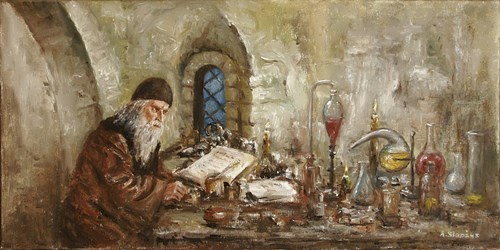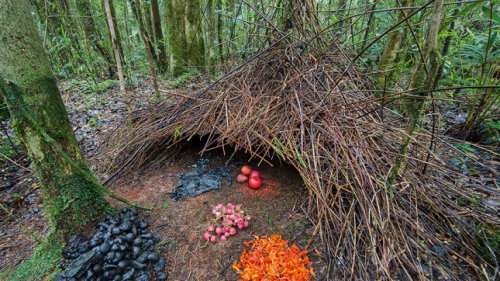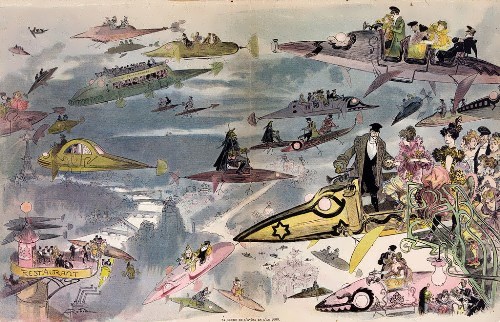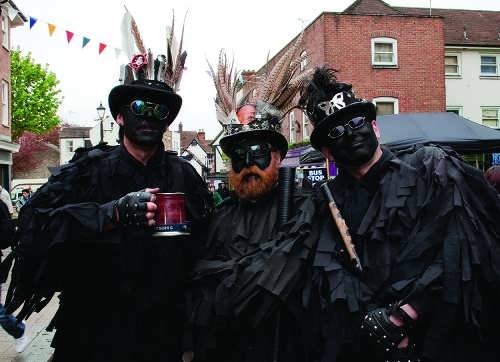Vanilla – delicious thing
Vanilla is used as a flavoring in ice cream, cakes, cookies, and many other types of food.
Vanilla beans grow on certain types of orchids in warm places of the world – Mexico, Ecuador, Madagascar, Indonesia, Costa Rica, Uganda, China, India, Tahiti, and the Philippines.
A vanilla orchid has a long climbing stem that attaches itself to a tree trunk or pole. The fruits that develop from large yellowish flowers are long pods (or beans) with seeds. Beans may grow to 20 centimeters long. Vanilla beans are processed by drying and storing them. Fermentation creates crystals of a chemical called vanillin.
The Aztec of Mexico flavored their chocolate drinks with vanilla for hundreds of years before the Spanish arrived in their lands in the 1500s. The Spanish introduced it to other Europeans.
More »






